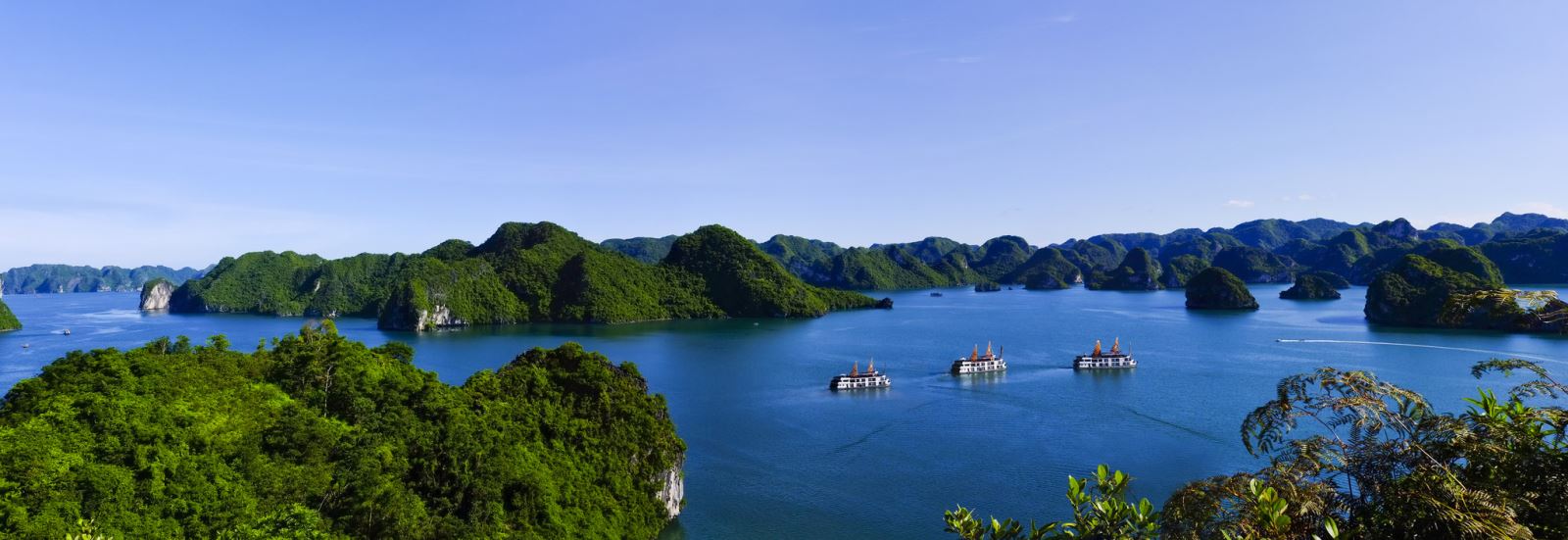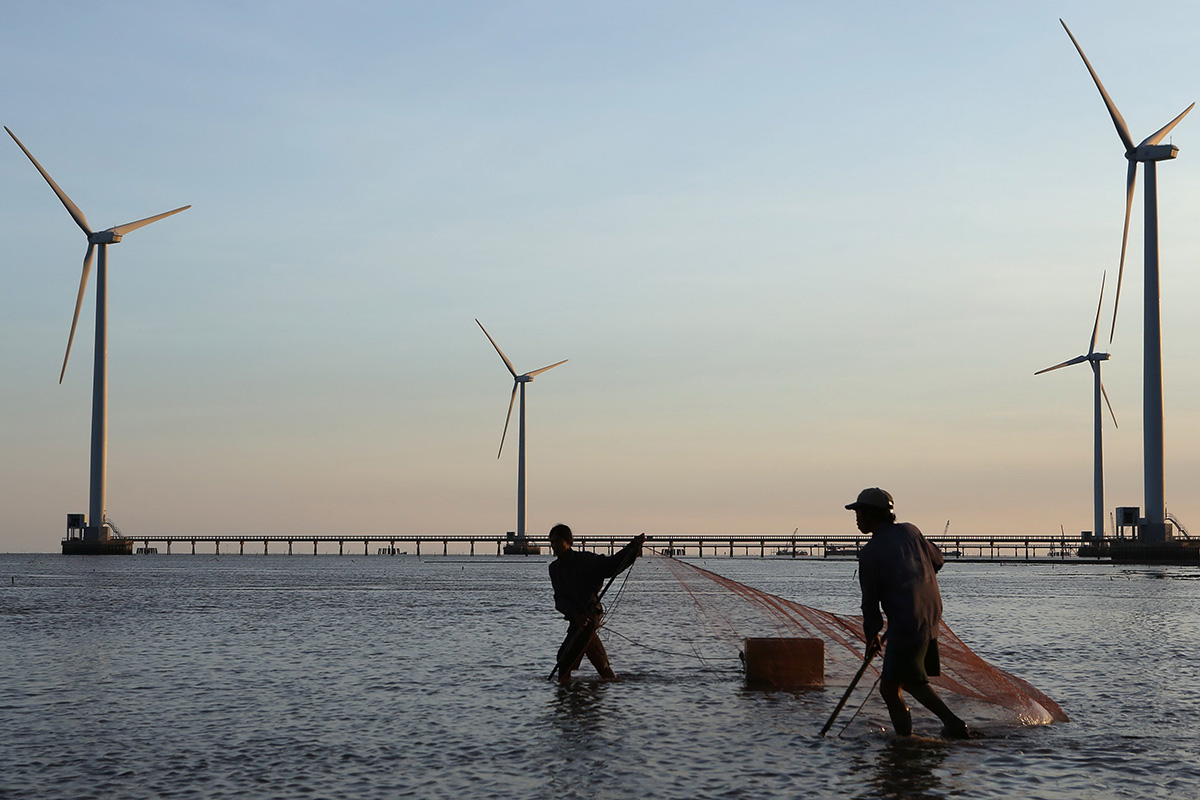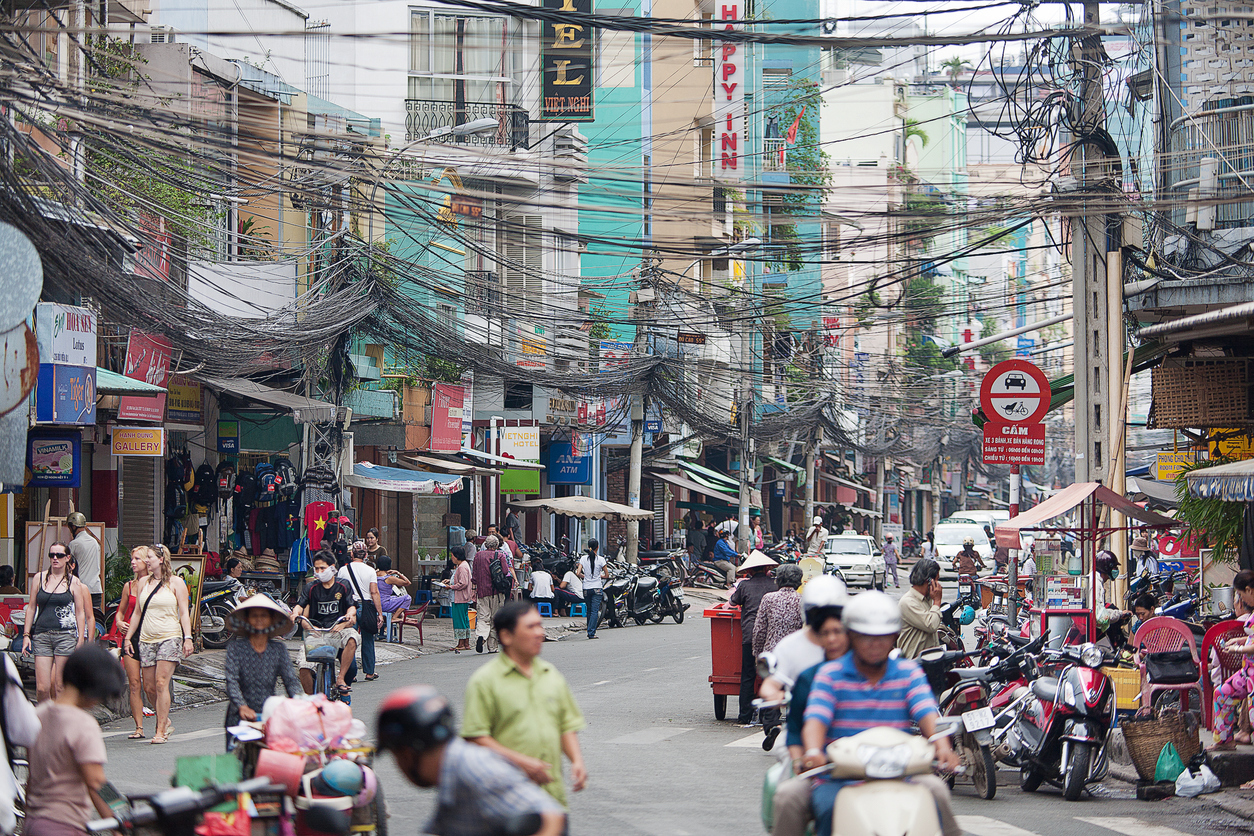Vietnam's Commitment to Sustainability
Published on June 25, 2020
Vietnam is a pretty interesting country to live in. At times confusing of course, but its dynamism transports you. One of its most amazing qualities is the speed at which decisions are taken and implemented. The Covid-19 epidemic put us all to the test and Vietnam has been able to show the world the extent of its reactiveness.
The global epidemic raised ecological awareness about the general health of our planet. Confinement showed how strongly human activities impact our planet, we can no longer ignore the facts so it might be time to shift up a gear and commit to environmental projects. Vietnam focuses on two main topics to become greener. First, limit the use of plastic, and secondly, shift towards renewable energy – especially offshore wind energy – up to a proportion of 20 percent by 2030.
 MANAGE PLASTIC OCEAN WASTE
MANAGE PLASTIC OCEAN WASTE
Plastic pollution is nothing new in Vietnam, but the situation worsened in 2018 after China banned the entry of several types of solid waste. Waste imports into Vietnam and Southeast Asian countries have risen significantly, therefore Vietnam has decided to stop issuing licenses for the import of waste.
Plastic is a highly demanded material for production, even though it benefits the processors, the environment on the other hand pays the price. So the population does its best to go back to more environmentally friendly materials such as metal, glass or tree leaves.

Traditional banana leaves make their big return on supermarket shelves
Early 2020, the Vietnamese government issued a national action plan on the management of plastic ocean waste by cutting down 75 percent of its marine plastics and stopping generating plastic waste in coastal tourist areas by 2030.
Norway and the United Nations Development Programme (UNDP) are currently working on two projects to improve waste management and reduce plastic pollution in Vietnam. First by developing integrated local models of domestic waste and plastic management in five localities across the country. Secondly, by launching a challenge to all ASEAN countries to end plastic pollution problems in the coastal areas of Indonesia, the Philippines, Thailand and Vietnam.
The issue has been made even more public when Leonardo DiCaprio – world renowned American actor and environmental activist – shared his opinion about the
preservation of Lan Ha Bay, the southern part of Halong Bay, thus reaching more than 1 million views across the globe.
He wrote: “This traditional fishing village in Lan Ha Bay, Vietnam, floats atop emerald waters among lush limestone karst formations. Villagers depend on the sea for survival and make a living from fishing, aquaculture, and tourism. It looks like paradise, but their unique way of life is threatened by wastewater, plastic pollution, unsustainable tourist activities, and climate change. If Lan Ha Bay is to remain a beautiful place to live and visit, tourists must take care to reduce their environmental impact while visiting—if they visit at all.”

Lan Ha Bay, southern part of Halong Bay
DEVELOP RENEWABLES
The second project – and not the least – will focus on the use of renewable energy, more specifically wind energy. With its 3000km-long coastline and good wind speeds, Vietnam has a natural advantage to use the potential of offshore wind.
Vietnam’s current electricity generation capacity is around 54GW. The government intends to reach 130GW over the next decade, and this technology would be a greener future path to achieve that target as offshore wind could alone generate up to 160GW, if fully harnessed.
The necessary technology however remains in its early stage, mostly in northern Europe, and comes at high cost. But the price of building and operating massive turbines in the ocean is rapidly increasing. “The cost of renewable energy is ping dramatically and this is the best time for renewable energy to play a bigger role in the market” confides Liming Qiao, the Asia Director of the Global Wind Energy Council.

First wind power farm in Bac Lieu, South Vietnam
Beside the cost, the main obstacle will lie in… Vietnam’s underdeveloped power grid. So “strengthening the national electricity grid and defining priorities which give appropriate value to wind energy […] will be vital for the country to accelerate renewables deployment” Qiao said.
The government is currently finalising a national power development plan which is set to direct the role of renewables over the coming decades, providing more clarity for investors.

A tangle of power lines in Ho Chi Minh City
In an emerging country with a booming economy, anything is possible. Hopefully, pollution issues will be addressed and dealt with rapidly, improving again and again Vietnam’s position on the list of best eco-friendly destinations to visit.
For any query or information,
contact us here.